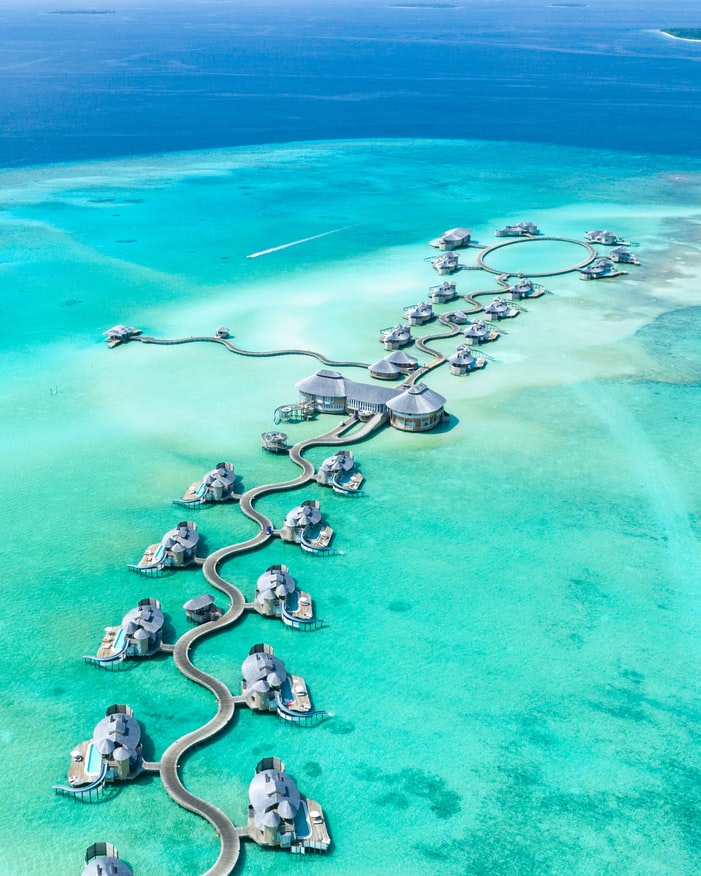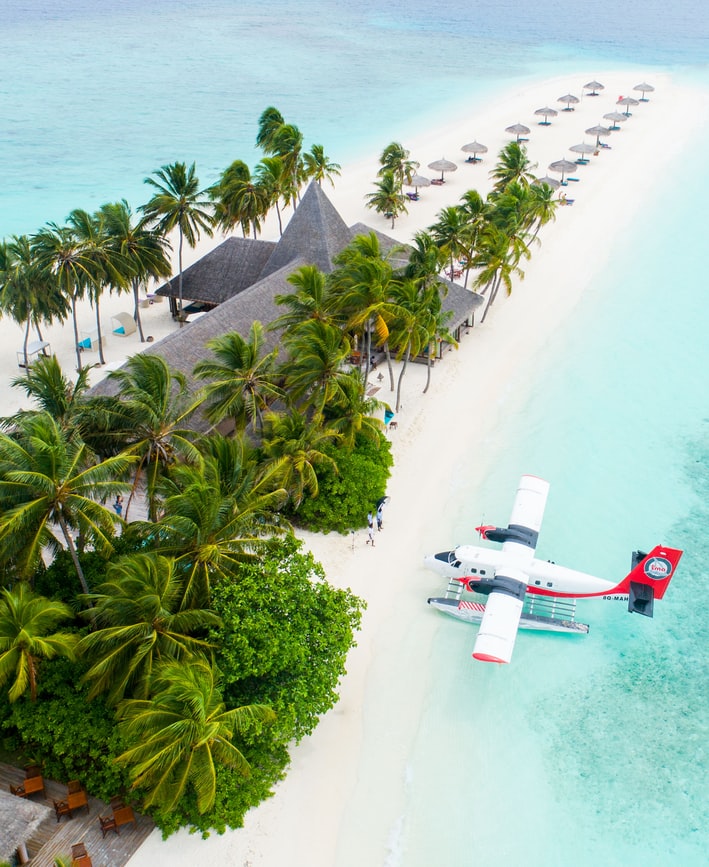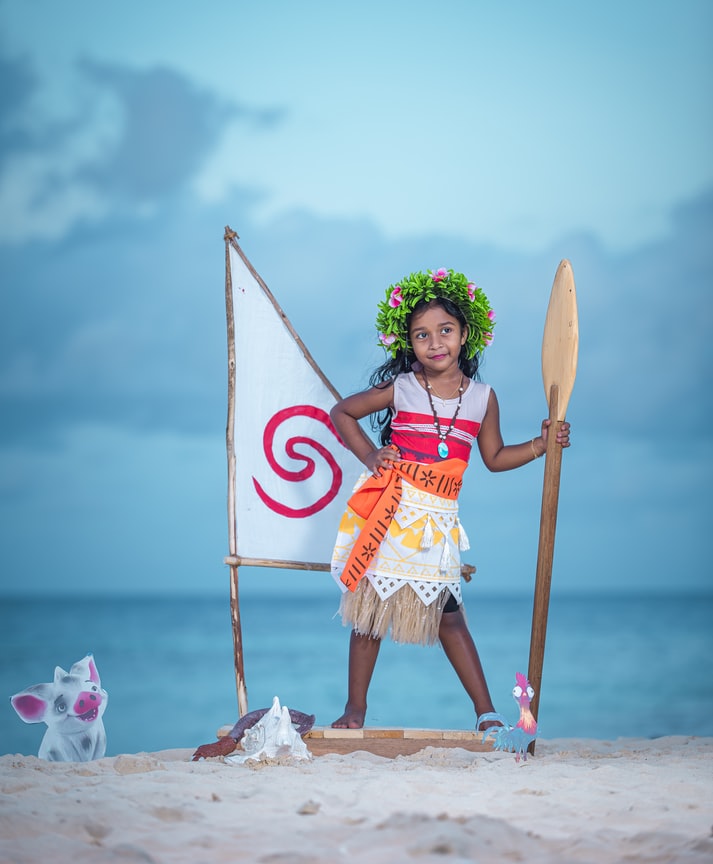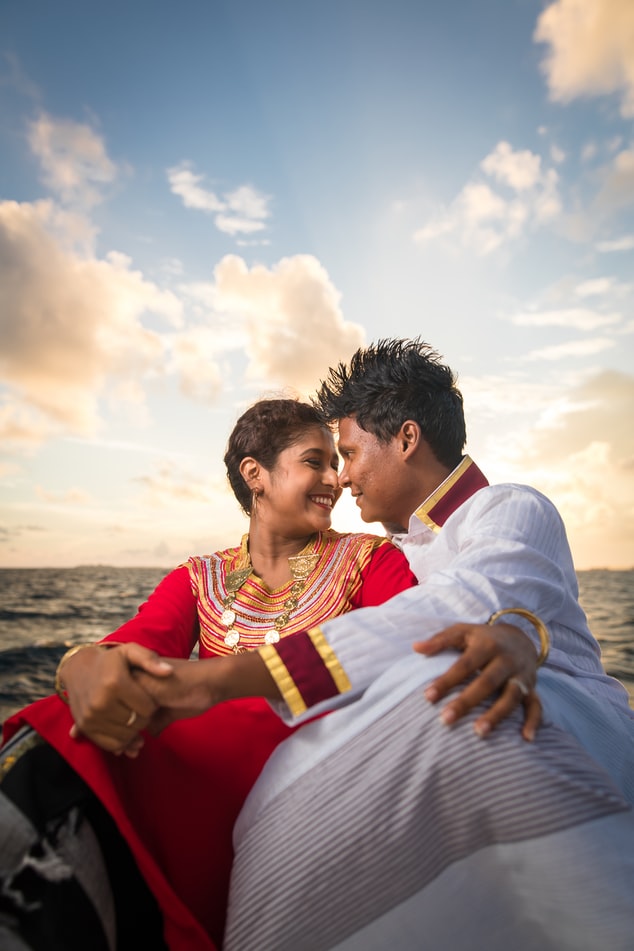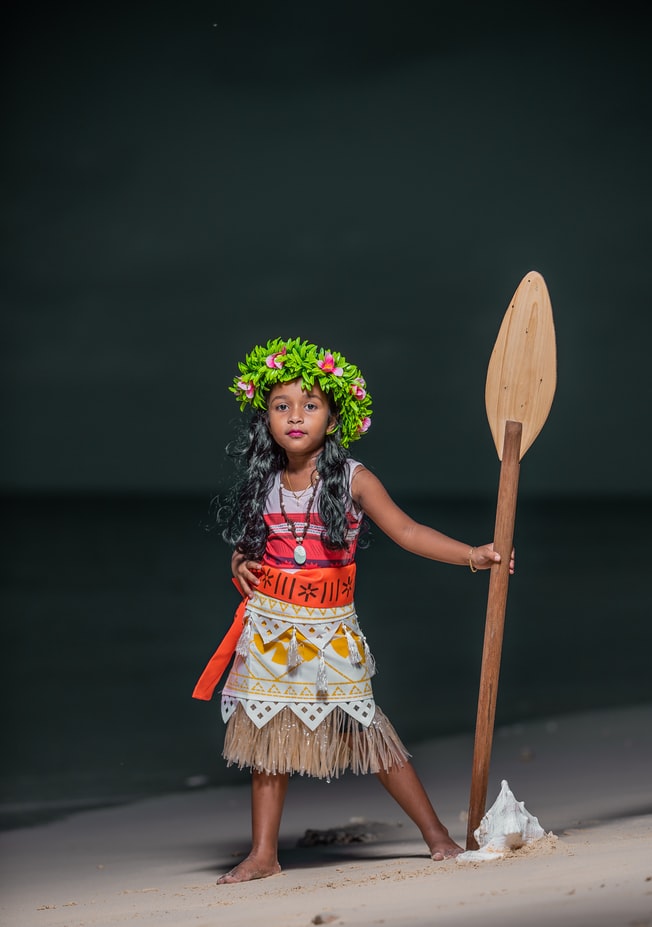The Maldives, officially the Republic of Maldives, is a small island nation in South Asia, situated in the Arabian Sea of the Indian Ocean. The country is comprised of 1192 islands that stretch along a length of 871 kilometres. While the country covers an area of approximately 90,000 square kilometres, only 298 square kilometres of that is dry land. The islands are grouped into a double chain of 26 atolls.
It lies southwest of Sri Lanka and India, about 1,000 kilometres (620 mi) from the Asian continent. The chain of 26 atolls stretches from Ihavandhippolhu Atoll in the north to Addu Atoll in the south to the equator. Comprising a territory spanning roughly 298 square kilometres (115 sq mi), the Maldives is one of the world’s most geographically dispersed sovereign states as well as the smallest Asian country by land area and population, with around 515,696 inhabitants. Malé is the capital and the most populated city, traditionally called the “King’s Island” where the ancient royal dynasties ruled for its central location.
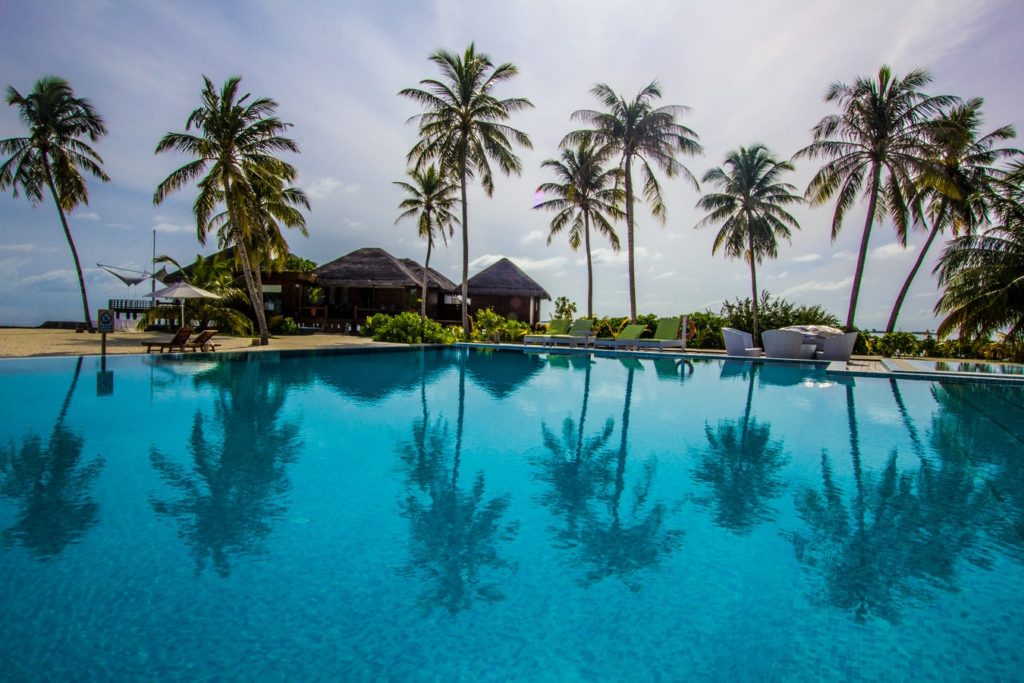
The Environment
The Maldives archipelago is located on the Chagos-Laccadive Ridge, a vast submarine mountain range in the Indian Ocean; this also forms a terrestrial ecoregion, together with the Chagos Archipelago and Lakshadweep. With an average ground-level elevation of 1.5 metres above sea level, it is the world’s lowest-lying country, with even its highest natural point being one of the lowest in the world, at 5.1 metres (17 ft).
The beauty of the Maldives is not only above the water. The Maldives is home to about five percent of the planet’s reefs that comes with an explosion of colour contributed by soft and hard corals that form them. The reefs are home to a thousand species of fish. Lured by the rich nutrients that flow in with the currents, large pelagic fishes such as manta rays and whale sharks also make the Maldives their home. They offer protection to the tiny islands as its natural defense system, and the country’s economy depends heavily on the health of its reefs and ecosystems.
The Culture and History
While heavily influenced by various cultures around the rim of the Indian Ocean, the Maldivian culture, craft and traditions have been shaped by the island environment and the seas that surround us. Dhivehi is the language of the Maldivian people. Maldivians are master boat builders. The traditional Maldivian boat, dhoni has been shaped over centuries, resulting in a craft that perfectly suits the various conditions of the seas. The traditional cuisine is heavily based on fish and coconut, with several dishes that have no parallels anywhere in the region.
In the 12th century Islam reached the Maldivian archipelago, which was consolidated as a sultanate, developing strong commercial and cultural ties with Asia and Africa. From the mid-16th-century the region came under the increasing influence of European colonial powers, with the Maldives becoming a British protectorate in 1887. Independence from the United Kingdom came in 1965, and a presidential republic was established in 1968 with an elected People’s Majlis. The ensuing decades have seen political instability, efforts at democratic reform, and environmental challenges posed by climate change.
Accessibility
The Maldives is well connected with the rest of the world. Several flights from Europe, Middle East and South East Asia operate to Velana International Airport, the main gateway to the Maldives. The highest international traffic is from Colombo, Sri Lanka, various Indian cities and Dubai, while several scheduled and charter flights bring in passengers from all major European capitals, and South East Asian cities.
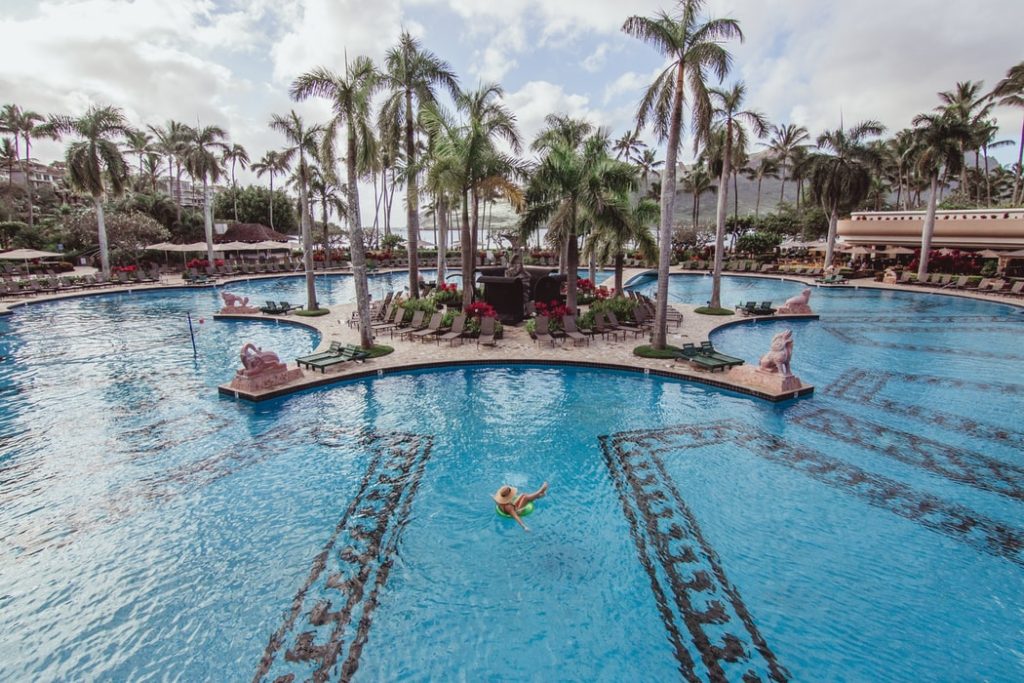
If you are travelling to a resort, your transfer will most likely be prearranged at the time of booking your accommodation. Transfers to resorts around the airport are by speedboat and transfers to resorts and islands further afield are by seaplane.

